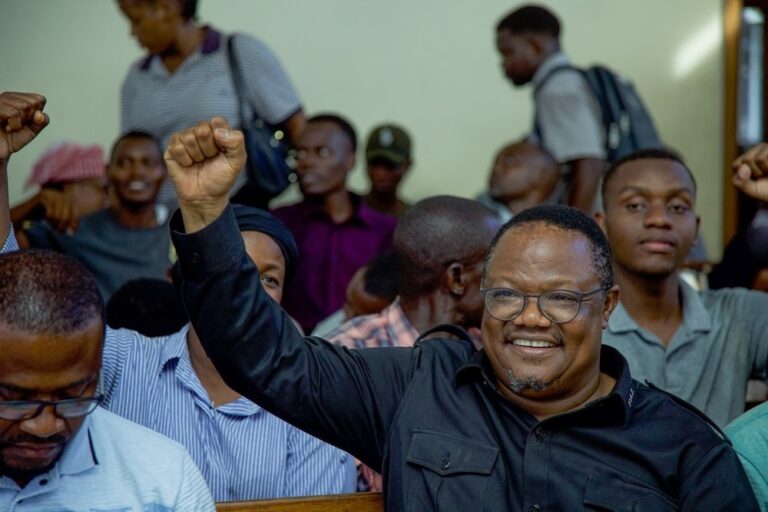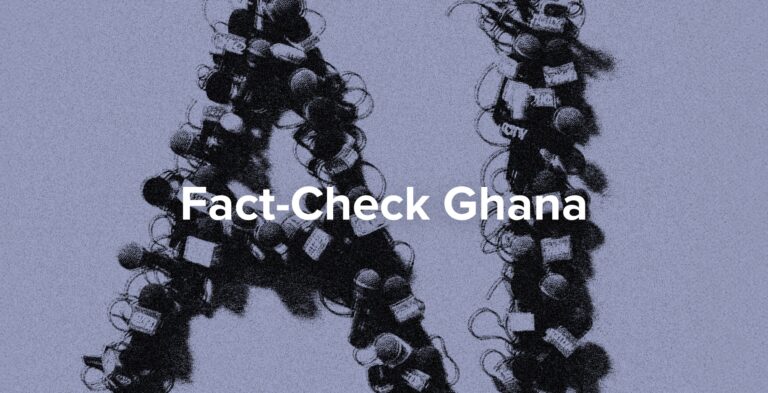Journalists across Southern Africa recently came under attack in separate incidents. In one case, photojournalist Motshwari Mofokeng was wounded in the chest when a security guard shot a rubber bullet directly at him, as Mofokeng was covering an eviction.
Journalists in Malawi, South Africa and Zambia came under attack in separate incidents this past week. All of the journalists affected practice as photojournalists.
On Thursday, 30 May 2013, Malawian photojournalist Thoko Chikondi was punched several times by the chief parliamentary security officer at the parliament building as she went about her duties. She had been photographing a consumer rights advocate, John Kapito, who had just presented a petition to the national assembly.
However, the chief security officer, identified as Youngson Chilinda, accused her of taking pictures without permission. An image which appears on the front page of today’s (31 May) The Daily Times shows Chilinda with his fist raised towards the visibly-shaken female journalist while pulling her hair with the other hand.
As a result of the assault, the photojournalist sustained bruises on her back and was treated at Kamuzu Central hospital in the capital, Lilongwe. The matter has since been reported to the Lingadzi Police Station.
Chilinda is a retired soldier and has previously expressed political aspirations, losing out on a parliamentary seat in the last election in 2009.
Anthony Kasunda, chairperson of the Malawi Chapter of the Media Institute of Southern Africa (MISA-Malawi) and chairperson of the MISA regional governing council, has condemned the assault on the journalist.
“This is uncalled for and regrettable and a great shock to MISA. We strongly request parliament to investigate and discipline Chilinda. Parliament is a public place and Chikondi had every right to freely gather and report on what was happening at parliament. Such barbaric acts must stop,” Kasunda said.
At the time of publishing this alert, it was not clear if Chilinda would be arrested.
In South Africa, on 29 May 2013, photojournalist Motshwari Mofokeng was wounded in the chest when a security guard shot a rubber bullet directly at him. According to the 30 May edition of The Star, the daily newspaper Mofokeng reports for, the incident occurred while he was “covering an eviction of illegal residents living in a building once used as a factory.”
In his own words, Mofokeng is quoted as saying: “I [was] shot in the chest, but (even) before that, I had been slapped twice. The guard had walked away from me as the pain intensified. We don’t know who he is, or what led to the incident. But I’m sure he’ll soon explain himself in a court of law.”
Just before he fell to his knees after being shot, Mofokeng managed to capture the image the security guard shooting directly at him. The image, along with an inset of Mofokeng’s chest wound, appeared on the front page of The Star on 30 May.
The Star editor, Makhudu Sefara has said his newspaper will “exhaust every possible avenue to ensure that the man who shot Motshwari face the full brunt of the law.”
He added: “Too many photographers have been beaten and even shot in the line of duty recently. Yesterday (Wednesday) they picked the wrong photographer and the wrong newspaper. We intend [to make] an example here and now before one of our colleagues is killed.”
On Saturday, 25 May, Zambia Army personnel roughed up two photojournalists as they tried to capture pictures of dignitaries laying wreaths at the Freedom Statue as part of Zambia’s commemoration of Africa Day.
In an interview with MISA-Zambia, freelance photojournalist Jean Mandela Ndayesega and The Post newspaper photojournalist Salim Dawood, both confirmed they were roughed up when they refused to vacate the advantageous position they had stationed themselves at to capture good pictures of the event.
“We tried to reason with them that we want to get good pictures of the event, but they would not listen to us and instead roughed us up”, Dawood explained.
In an interview, the Zambia Army’s public relations officer, Colonel Chris Musonda, said that his institution was ready to dialogue with MISA to ensure a conducive media operating environment in Zambia. “We are there for the people and we will be sure to address such matters,” Colonel Musonda said.
MISA-Zambia chairperson, Nalumino Nalumino expressed disappointment at the manner in which the two photojournalists were handled by army personnel.
“We wish to appeal to the Zambia[n] Army to orient their officers on how to handle the media during public events, because such incidents, if left unchecked, may lead to censorship on the part of the media and reduced access to information on the part of citizens who both the media and the army want to serve,” he said.
MISA programme specialist for Media Freedom Monitoring & Research, Levi Kabwato, has described the journalists who came under fire this past week as “brave”.
“They are all brave. The courage they displayed under fire is inspirational and for that we salute them. We are very relieved that none of them [were] seriously wounded or even lost their [lives],” Kabwato said.
“Our promise to them, and all the journalists we serve in this region, is that we will continue to work hard in ensuring that the operating environment is not hostile and that journalist’s rights are respected across [the] SADC [The South African Development Community],” he said.
He added: “We also appeal to public officials and the wider public to familiarise themselves with the role of journalists in society. Some of these attacks wouldn’t occur if there was sufficient understanding of the critical role played by journalists. We further ask all media houses to ensure that their staff have access to medical cover[age] and are equipped with tools and tactics that can enable them to prevent attacks when covering potentially dangerous beats.”


